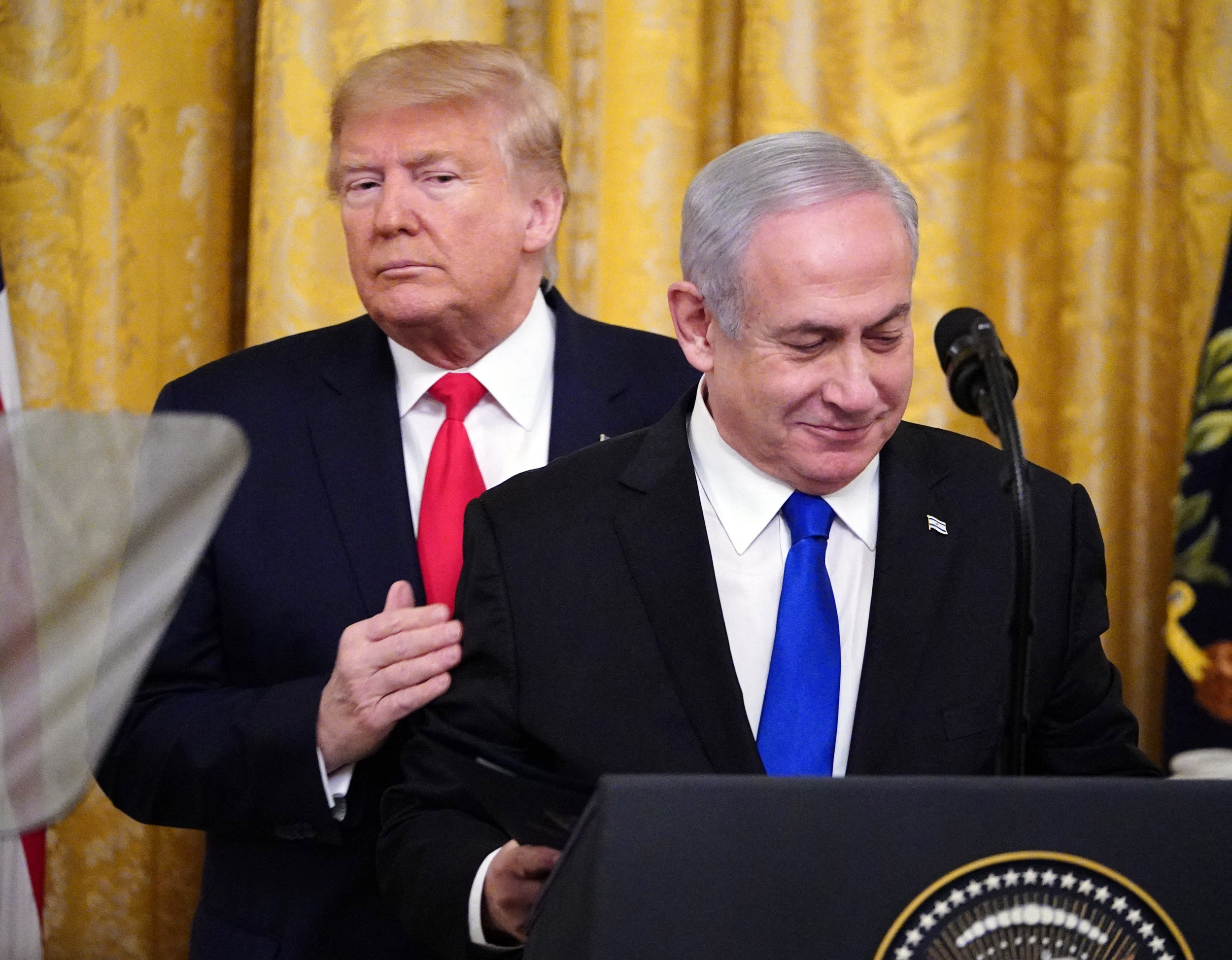Donald Trump’s Cabinet picks for his second presidential term reveal several key themes, with one standing out: a break from traditional choices. Many of his selections are unconventional figures who don’t fit the mold of career politicians or bureaucrats.
For example, Tulsi Gabbard, chosen as director of national intelligence, is not a professional spy, and Pete Hegseth, tapped for secretary of defense, is not a Pentagon insider. Trump’s selection of Robert F. Kennedy Jr. to lead the Department of Health and Human Services further underscores his willingness to pick individuals known for their iconoclast views.
Even Matt Gaetz, a controversial Florida representative, is reportedly being considered for U.S. attorney general, which signals a stark departure from the typical elite politicians seen in such roles.
Another theme in Trump’s Cabinet picks is their youth. Many of the chosen figures are relatively young compared to the typical age of political leaders. Gabbard is 43, Hegseth is 44, Gaetz is 42, and several others, including Elise Stefanik and Vivek Ramaswamy, are in their 30s or early 40s.
Even Trump’s vice-presidential pick, J.D. Vance, is only 40. This suggests that Trump is assembling a team of younger leaders who could potentially shape the future of American politics and contribute to his broader political vision for the country.

This focus on younger leaders appears to be part of Trump’s larger strategy to foster an intergenerational legacy. Beyond just aiming to “drain the swamp” or complete his previous term’s goals, Trump seems intent on cementing MAGA (Make America Great Again) as a dominant political movement for the 21st century.
He wants MAGA not just to define his presidency but to become the cornerstone of American political life for years to come, a movement that transcends his individual leadership.
Trump’s vision for MAGA extends beyond his administration and seeks to reframe American politics in a way that challenges the older, more established political ideologies. In contrast to movements like Roosevelt’s New Deal or Reagan’s laissez-faire policies, Trump’s MAGA aims to create a new political paradigm.
He has built a diverse coalition, attracting voters from various backgrounds, including Hispanic, Black, and younger voters. Additionally, his appeal extends across the political spectrum, including high-profile former Democrats like Gabbard and RFK Jr., which further indicates MAGA’s potential to evolve into a broad-based movement rather than a partisan force.
Looking forward, MAGA seems poised to represent a pragmatic and common-sense approach to governance. This includes policies focused on cultural preservation, reforming labor systems, reshoring manufacturing jobs, and prioritizing American national interests in foreign policy.
Trump’s Cabinet selections suggest that he is not only interested in securing power for himself but also in shaping the future of the country. By tapping young, diverse leaders and building a broader coalition, Trump’s goal is to ensure that MAGA remains a defining force in American politics for decades to come, offering a new vision for the nation’s future.


